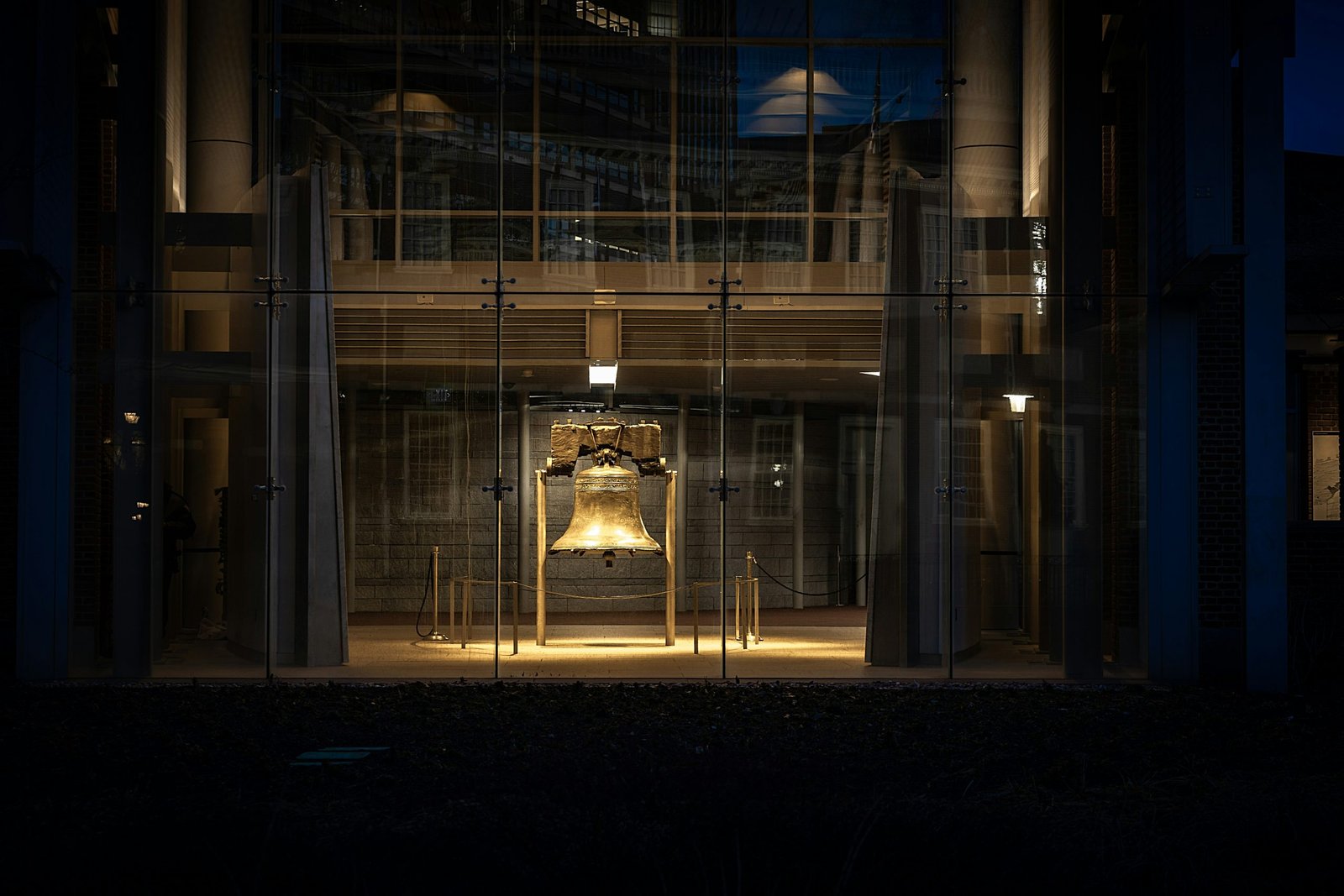Leap year, a phenomenon that occurs every four years, has been a topic of curiosity and intrigue for centuries. But when exactly was leap year created? Let’s dive into the fascinating history of this calendar adjustment.
The concept of leap year dates back to ancient civilizations, with the Egyptians being among the first to recognize the need for an additional day in the calendar. However, it was Julius Caesar, the Roman emperor, who introduced the leap year system that we use today.
In 45 BCE, Caesar consulted with the renowned astronomer Sosigenes of Alexandria to reform the Roman calendar, which was based on the lunar cycle and had fallen out of sync with the solar year. Together, they devised the Julian calendar, which included the addition of an extra day every four years to compensate for the slight discrepancy.
Initially, the leap day was added to the end of February, making it a 29-day month instead of the usual 28. This adjustment helped align the calendar with the astronomical year, which is approximately 365.25 days long.
However, the Julian calendar still overestimated the length of the solar year by a small margin. Over time, this discrepancy accumulated, leading to the introduction of the Gregorian calendar by Pope Gregory XIII in 1582.
The Gregorian calendar made further refinements to the leap year system. It maintained the basic concept of adding an extra day every four years but introduced additional rules to account for exceptions. For instance, years divisible by 100 are not leap years unless they are also divisible by 400.
Today, we continue to follow the Gregorian calendar, which accurately aligns our calendar year with the solar year. So, the next time you experience a leap year, remember the ancient origins and the efforts of Julius Caesar and Pope Gregory XIII to keep our calendars in sync with the Earth’s orbit.





